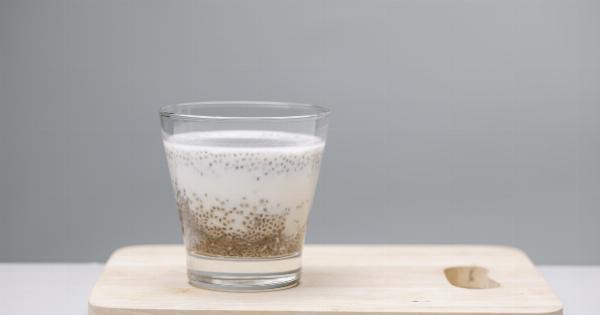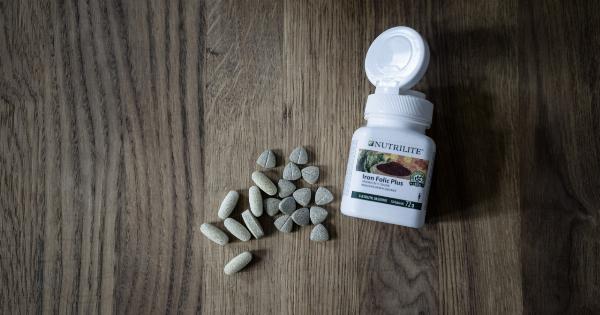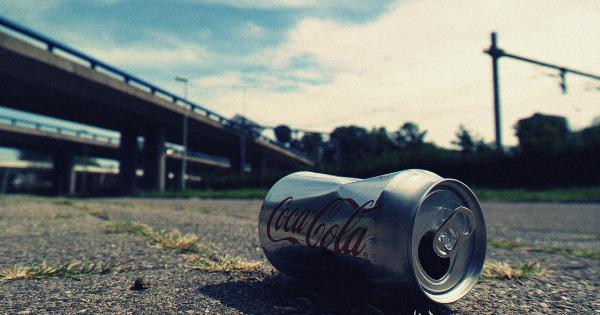Osteoporosis is a progressive bone disease characterized by a decrease in bone mineral density, which leads to an increased risk of fractures.
It is a common condition, particularly among older adults, women after menopause, and individuals with certain medical conditions. While several factors contribute to the development of osteoporosis, calcium deficiency is a significant concern. Calcium, a vital mineral for bone health, plays a crucial role in maintaining bone density and strength.
In this article, we will explore the recommended daily calcium intake to prevent osteoporosis and maintain overall bone health.
Understanding Osteoporosis
Osteoporosis, often referred to as the “silent disease,” is characterized by weakened bones. In this condition, bone tissue breaks down faster than it can be rebuilt, leading to a loss of bone mass and density.
This process makes bones fragile and more susceptible to fractures, even from minor falls or bumps.
Many factors contribute to the development of osteoporosis, including aging, family history, hormonal changes, certain medical conditions, and lifestyle choices.
While one cannot control the aging process or change their genetic predisposition, certain preventive measures can be taken to reduce the risk of osteoporosis. Adequate calcium intake is an essential aspect of such preventive measures.
The Role of Calcium in Bone Health
Calcium is a mineral that is vital for various processes in the human body. Approximately 99% of the body’s calcium is stored in the bones and teeth, providing structural support and strength.
Besides, calcium also plays significant roles in nerve transmission, muscle function, and blood clotting.
To maintain bone health, it is crucial to ensure a consistent supply of calcium in the body. When dietary intake of calcium is insufficient, the body withdraws calcium from bone reserves to meet its needs.
Over time, this can result in weakened bones and lead to osteoporosis. Therefore, it is important to consume enough calcium to prevent depletion of bone calcium reserves and maintain bone density throughout life.
Recommended Daily Calcium Intake
The recommended daily intake of calcium varies depending on age, sex, and specific needs. The National Osteoporosis Foundation (NOF) provides guidelines for daily calcium intake as follows:.
1. Infants and Children:
– 0 to 6 months: 200 mg.
– 7 to 12 months: 260 mg.
– 1 to 3 years: 700 mg.
– 4 to 8 years: 1,000 mg.
2. Adolescents:
– 9 to 13 years: 1,300 mg.
– 14 to 18 years (boys): 1,300 mg.
– 14 to 18 years (girls): 1,300 mg.
3. Adults:
– 19 to 50 years: 1,000 mg.
– 51 to 70 years (men): 1,000 mg.
– 51 to 70 years (women): 1,200 mg.
– 71 years and older: 1,200 mg.
4. Pregnant and Breastfeeding Women:
– 14 to 18 years: 1,300 mg.
– 19 to 50 years: 1,000 mg.
It is worth mentioning that excessive calcium intake can lead to complications as well, such as kidney stones or hypercalcemia.
It is recommended to consult with a healthcare professional to determine the appropriate calcium intake for individual needs.
Sources of Dietary Calcium
While dairy products like milk, cheese, and yogurt are often associated with calcium, several other food sources can help meet your daily calcium needs. Here are some examples:.
1. Leafy Green Vegetables:
– Broccoli: 43 mg per 100g.
– Kale: 150 mg per 100g.
– Spinach: 99 mg per 100g.
2. Fish:
– Sardines (canned, with bones): 382 mg per 100g.
– Salmon (canned, with bones): 277 mg per 100g.
3. Legumes and Nuts:
– Almonds: 264 mg per 100g.
– Chickpeas: 105 mg per 100g.
– White beans: 175 mg per 100g.
4. Fortified Foods:
– Fortified plant-based milk alternatives: Varying amounts.
– Fortified orange juice: Varying amounts.
These are just a few examples from a wide range of calcium-rich foods. Incorporating a diverse selection of calcium sources into your diet can help ensure you meet your daily recommended intake.
Other Factors Affecting Calcium Absorption
While calcium intake is essential, certain factors can affect the body’s ability to absorb and utilize calcium effectively. These factors include:.
1. Vitamin D:
Vitamin D plays a significant role in calcium absorption. It helps the body absorb calcium from the digestive tract and promotes its incorporation into the bones.
Adequate vitamin D levels, obtained through sunlight exposure or supplementation, are crucial to ensuring calcium absorption.
2. Age:
As we age, the body’s ability to absorb calcium becomes less efficient. Therefore, older adults may need higher levels of calcium intake to compensate for reduced absorption.
3. Dietary Factors:
Certain dietary substances, such as excessive fiber, oxalates (found in foods like spinach and rhubarb), and phytates (found in whole grains and beans), can bind to calcium and inhibit its absorption.
However, these substances are unlikely to have a significant impact when consumed in normal quantities as part of a balanced diet.
Conclusion
Calcium plays a crucial role in maintaining overall bone health and preventing the development of osteoporosis.
Adequate daily calcium intake, along with a balanced diet and other lifestyle factors, can help reduce the risk of osteoporosis and related fractures. Following the recommended guidelines for calcium intake based on one’s age and specific needs is important.
Remember to consult with a healthcare professional or registered dietitian to determine the best approach for your individual circumstances.
By prioritizing your bone health through appropriate calcium intake, you can take proactive steps toward preventing osteoporosis and maintaining strong, healthy bones throughout your life.































